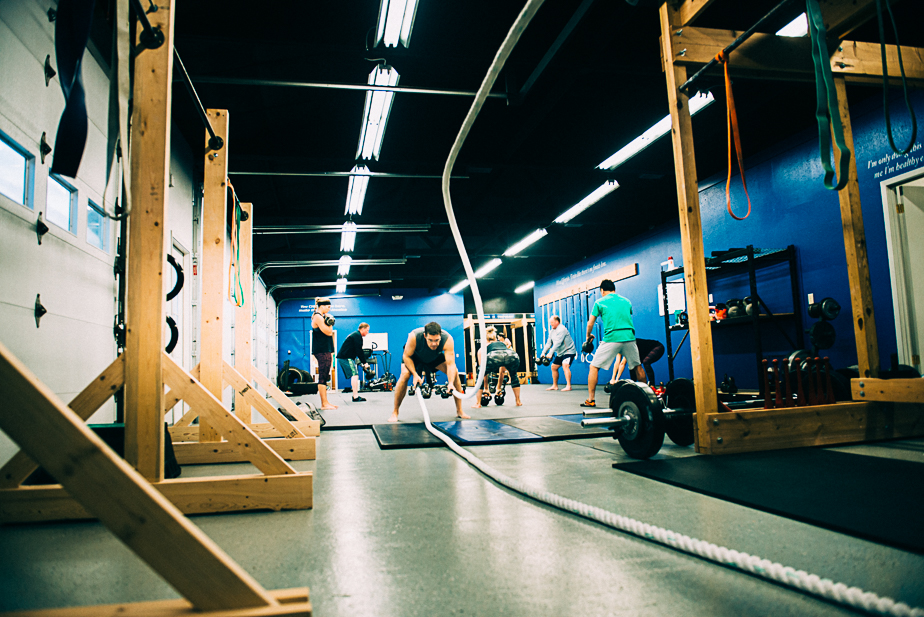Translating subconscious skill and implicit knowledge into conscious action
A substantial portion of the knowledge one acquires over the course of a lifetime is implicit, meaning that is stored and recalled subconsciously.
This includes most motor patterns used throughout the spectrum of physical activities, from pedaling a bicycle to shooting a basketball.
In his book, Incognito: The Secret Lives of the Brain, David Eagleman gives several great examples of implicit skills used in our daily lives.
Try this one: Hold your hands up as if you are grasping a steering wheel, driving your car. Imagine that you are on the highway in the left lane and are merging one lane over to the right. Make the necessary movements with your hands as you picture it. Have a friend observe you to help verify what you do.
This is a simple task and one which you perform repeatedly almost every day. And most likely, you just did it wrong.
Most people, when asked to do this drill, will move their imaginary steering wheel about a quarter turn to the right, and then return it back to the center.
If you think about this carefully, this action would actually result in driving the car off the right side of the road. In order to turn into the adjacent lane and then straighten back out and continue moving down the highway, you would have to turn the wheel to the right, and then turn it back an equal distance to the left before centering it.
You can flawlessly perform this skill without conscious thought – and only without conscious thought – easily, and yet when asked to demonstrate it consciously, you’re incapable of doing so. You know how to do it, but you can’t explain how you do it.
This is why being a good athlete doesn’t necessarily make someone a good coach. Performing a barbell snatch, swimming or running a competitive 40 yard dash are arguably more complicated skills than changing lanes in a car without careening off the road and they are also stored largely in the form of implicit knowledge.
This means that a good coach must be capable of “translating” his or her implicit knowledge into explicit, actionable steps and instructions. Being capable of doing something is a different matter entirely than being capable of explaining how to do it.
The job of a coach is to break down “simple” movements into easily understood steps before the athlete performs them. This way, via both proprioceptive feedback and input from the coach, the athlete’s brain tags the action in a yes/no manner and slowly builds the necessary prediction software to perform the action in the future with increasing reliability.
This is how we develop skills that we “just know” when it comes time to recall them in the future.
In the imaginary car drill, the environment is too lacking in the abundant flow of visual, auditory and proprioceptive data for your mind to make accurate subconscious predictions and you’re left with surprisingly ineffective conscious thought as your guide.
You can probably type your name on a keyboard quickly without looking at the keys, but if someone were to draw a blank keyboard and ask you to write the correct letters onto each key to spell your name without putting your hands into the typing position you would be almost certainly incapable of it.
Brazilian Jiu Jitsu is one of my favorite examples of this type of knowledge. In most BJJ schools, there is a constant demonstration and feedback dialog occurring between the instructor and the trainees, as well as between the trainees themselves as they work through the sessions.
Commonly, if one is grappling with a partner and they need clarification on the performance of a move, one will stop and walk his partner through the process. This is interesting to watch, because even experienced grapplers explaining basic moves will often have to physically act out the drill because they can’t verbalize each step of the action without physically doing it at the same time.
This is a distinction between a good coach and a trainee who is simply showing his buddy how to do an armbar better. The trainee will have to physically act out the process, while the coach who is much more adept at translating the implicitly stored language of that skill into verbal, conscious instructions will be able to stand over two grapplers and walk one of them through the process without moving.

